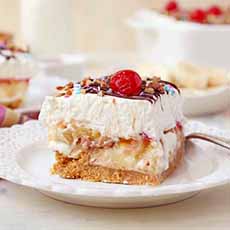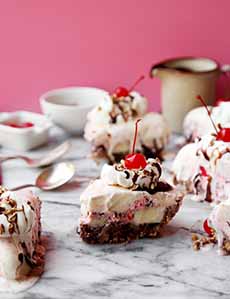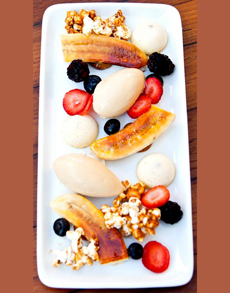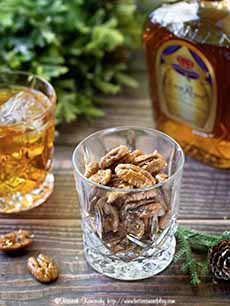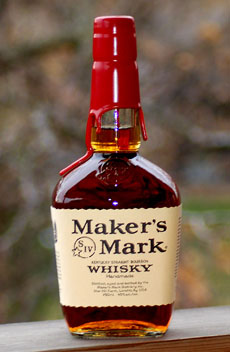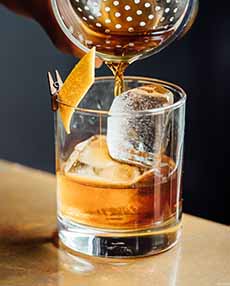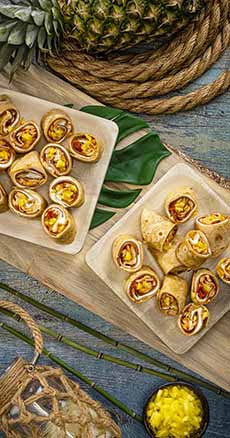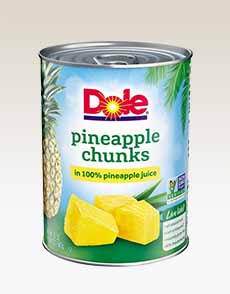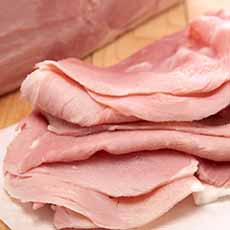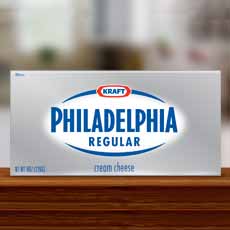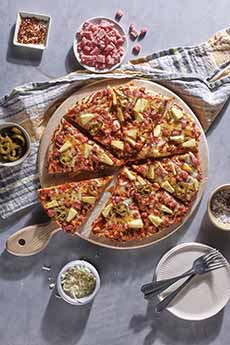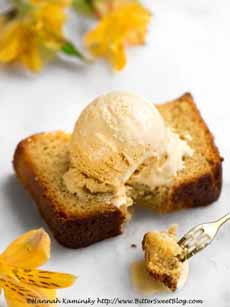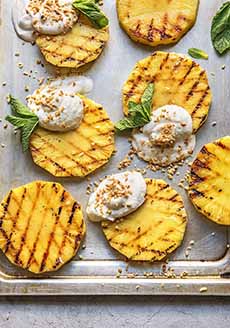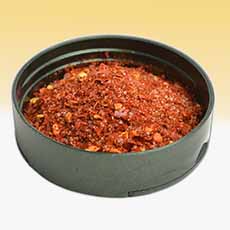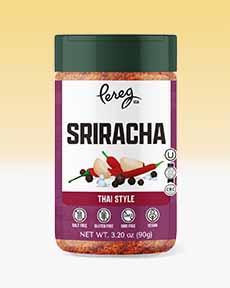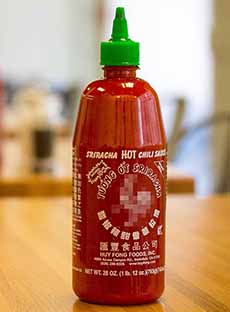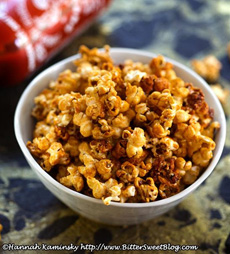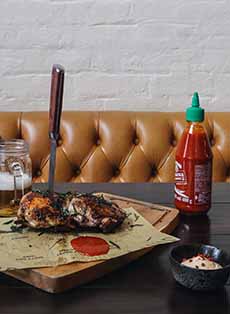|
August 24th is National Waffle Day, but we saved this recipe for weekend brunch: Cheddar & Chive Waffles, topped with a fried egg.
It’s delicious! Dig in.
> The history of waffles.
> The history of the waffle iron.
> The different types of waffles.
> Check out the history of chives and more uses for chives below.
RECIPE: CHEDDAR & CHIVE WAFFLES
The recipe was created by Liz Della Croce of The Lemon Bowl and shared with us via the United Dairy Industry Of Michigan.
Prep time is 10 minutes, and cook time is 15 minutes.
Ingredients For 4 Servings
1 cup waffle mix
10 eggs, divided
2 tablespoons canola oil
1/2 cup cheese, shredded 2% sharp Cheddar
1/4 cup minced chives, plus extra for garnish
Optional garnish: sour cream or Greek yogurt, maple syrup
Preparation
1. MIX together in a medium bowl the waffle mix, 2 of the eggs, and the canola oil. Stir in the shredded cheese and minced chives.
2. POUR batter into a preheated waffle maker and cook according to the manufacturer’s instructions until golden brown. While waffles are cooking...
3. FRY the eggs to the desired doneness and serve on top of the waffles along with a sprinkle of extra chives.
THE HISTORY OF CHIVES
Chives, Allium schoenoprasum, is a species in the lily family (Liliaceae). It is the smallest member of the onion genus, Allium*, which has hundreds of species including chives and their popular relatives: garlic, leek, onion, scallion, and shallot.
Chives are native to Europe and Asia, and possibly North America.
While they have been cultivated in Europe since the Middle Ages, both for culinary and medicinal purposes, and the Chinese were cultivating them as long as 4,000 to 5,000 years ago [source].
Today the leaves are typically used as a culinary herb with a milder onion flavor than other Alliums.
Chives are one of the fines herbes of French cuisine (which also include chervil, parsley, and tarragon).
Their tasty purple-lavender flowers are also be used to garnish dishes, and can be turned into chive blossom vinegar.
Chives are one of the easiest herbs to grow, indoors as well as outdoors, and any over-supply can be frozen.
As a medicinal herb, chives contain numerous compounds that have a beneficial effect on the circulatory system, acting upon it by lowering the blood pressure.
Chives are also rich in vitamin A and C, as well as trace amounts of sulfur and iron, both needed by the body.
The Romans believed that chives could relieve the pain from sunburn or a sore throat. They believed that eating chives would increase blood pressure and acted as a diuretic.
The Roma people have used chives in fortune telling.
It was believed that bunches of dried chives hung around a house from ceilings and bedposts could ward off diseases and evil.
We, on the other hand, will stick to adding chives as a flavorful herb and garnish to the following uses.
USES FOR CHIVES
Today, you may find three different types of chives in your market:
Common chives, the most slender (photo # 3). Their tasty edible flowers can be found in pink, purple, red, or white, depending on the variety.
Garlic chives, or Chinese chives, which are flat (no hole) with white blossoms and a more potent, garlic-like flavor. Unlike common onion chives, they are not hollow.
Siberian chives, or blue chives, native to Asia and significantly larger than common or garlic chives. Their flavor is similar to common chives.
Use them to:
Add to chimichurri and other fresh sauces (e.g. pesto),compound butter, dips and dipping sauces, Martinis and other savory cocktails, salads, vinaigrettes.
Garnish baked and mashed potatoes, biscuits, chili, dumplings, latkes, omelets and other egg dishes, pancakes and waffles, seafood dishes, soups, stews, and more.
Make chive oil by infusing the chives. Here’s a recipe.
Note that heat destroys the delicate flavor of chives, so add them to cooked dishes (eggs, mashed potatoes) at the last minute.
________________
*The name Allium is the Latin word for garlic, and the type species for the genus is Allium sativum which means "cultivated garlic".
|
|
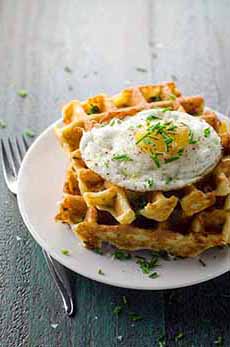
[1] A beautiful Cheddar and chive waffle, topped with a fried egg. Here’s the recipe (photo © Umami Girl).
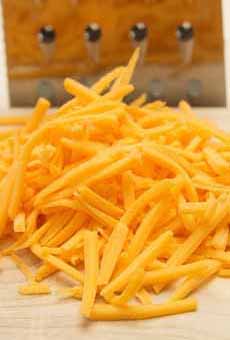
[2] Shredded Cheddar (photo © Darryl Brooks | Dreamstime).
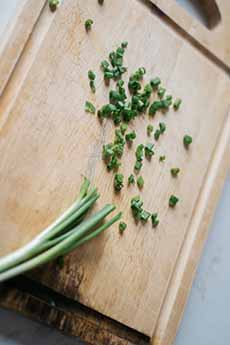
[3] Minced chives (photo © Anna Tarazevich | Pexels).
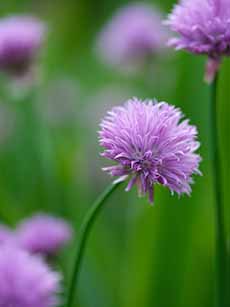
[4] A chive blossom (photo © Island Hopper X | Pexels).
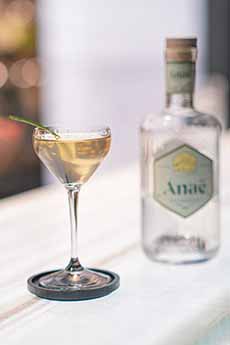
[5] A Dirty Gin Martini with a chive garnish (photo © Tim Durand | Pexels).
|





